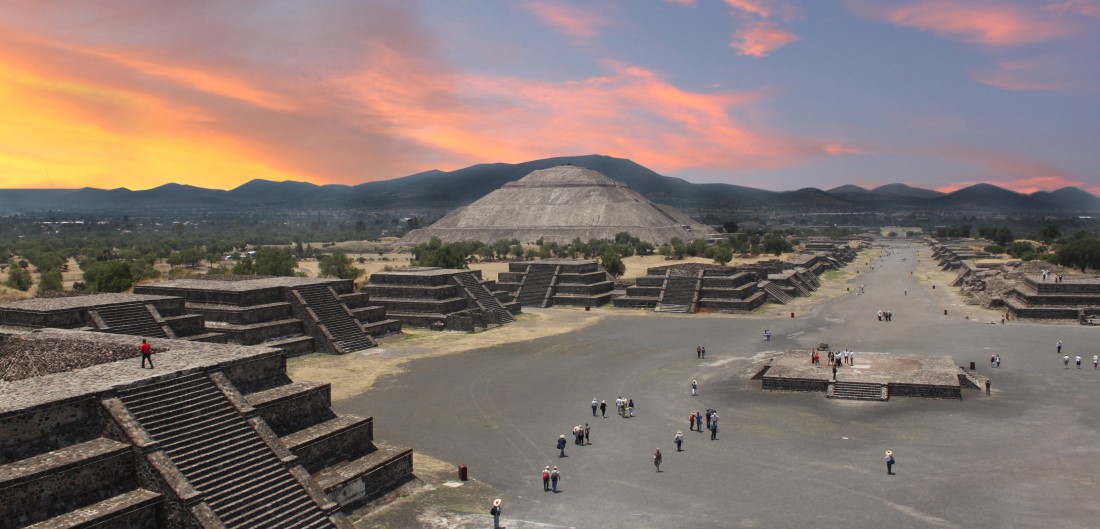“Teotihuacán” and “Chichen-Itzá” received fewer visits at the beginning of the year, especially from foreigners, despite the healthy state of travel trade in the country. Archaeological tourism in Mexico seems to witness a negative trend.
The southeast of Mexico has more to offer than just beaches. This region of the country offers additional attractions to tourists, such as archaeological sites. However, the start of 2017 witnessed the lowest visitation numbers that these sites have seen in the last four years.
Between January and March, the country's archaeological tourism zones received 4.17 million national and foreign visitors, 10% fewer than during the previous year, according to data provided by the Secretariat of Tourism.
The five most visited archaeological sites in the country are: “Teotihuacán”, “Chichen-Itzá”, “Tulum”, “Xochicalco” and “Palenque”, which attract 58% of the total visitors to the country's 187 archaeological sites which are open to the public.
The tourists who visit these sites are mainly European, as well as domestic travelers, and the number of visitors reaches its peak in March, due to the spring equinox, explained Roberto Montalvo, an academic at the “Iberoamericana” University.
Montalvo further explained that, although international tourism is on the rise, domestic tourism has been negatively impacted by how expensive traveling has become. “Nationals are traveling less because gasoline is more expensive, making getting away for the weekend or going on holidays costlier”. The number of national visitors to “Teotihuacán” decreased by 23% in the first quarter of the year.
Whereas in “Teotihuacán” national visitors are predominant – 88% of the total – in “Chichen-Itzá” foreign visitors are more numerous – making up 70% of the total.
This decrease contrasts with the overall positive momentum of tourism in the country – having set new records by the end of 2016. This trend has continued into this year: in the first quarter, Mexico welcomed 5.9% more international travelers – according to the Secretariat of Tourism (Sectur).

For the “Yucatán” government, where “Chichen-Itzá” is located, its archaeological tourism zones and natural and social attractions are vital to increasing the state's average expenditure. “The economic revenue grew by 15% in 2016 thanks to social themes,” explained Saúl Ancona, Secretary of Tourism for “Yucatán”.
Just last year, the entertainment company “Experiencias Xcaret” transported around 200 000 visitors to the Mayan city on a tour from the “Riviera Maya”, in “Quintana Roo”, to “Yucatán”, 15% more than in 2015, the company said. The tours offered by the company cost over 2 000 pesos per person.